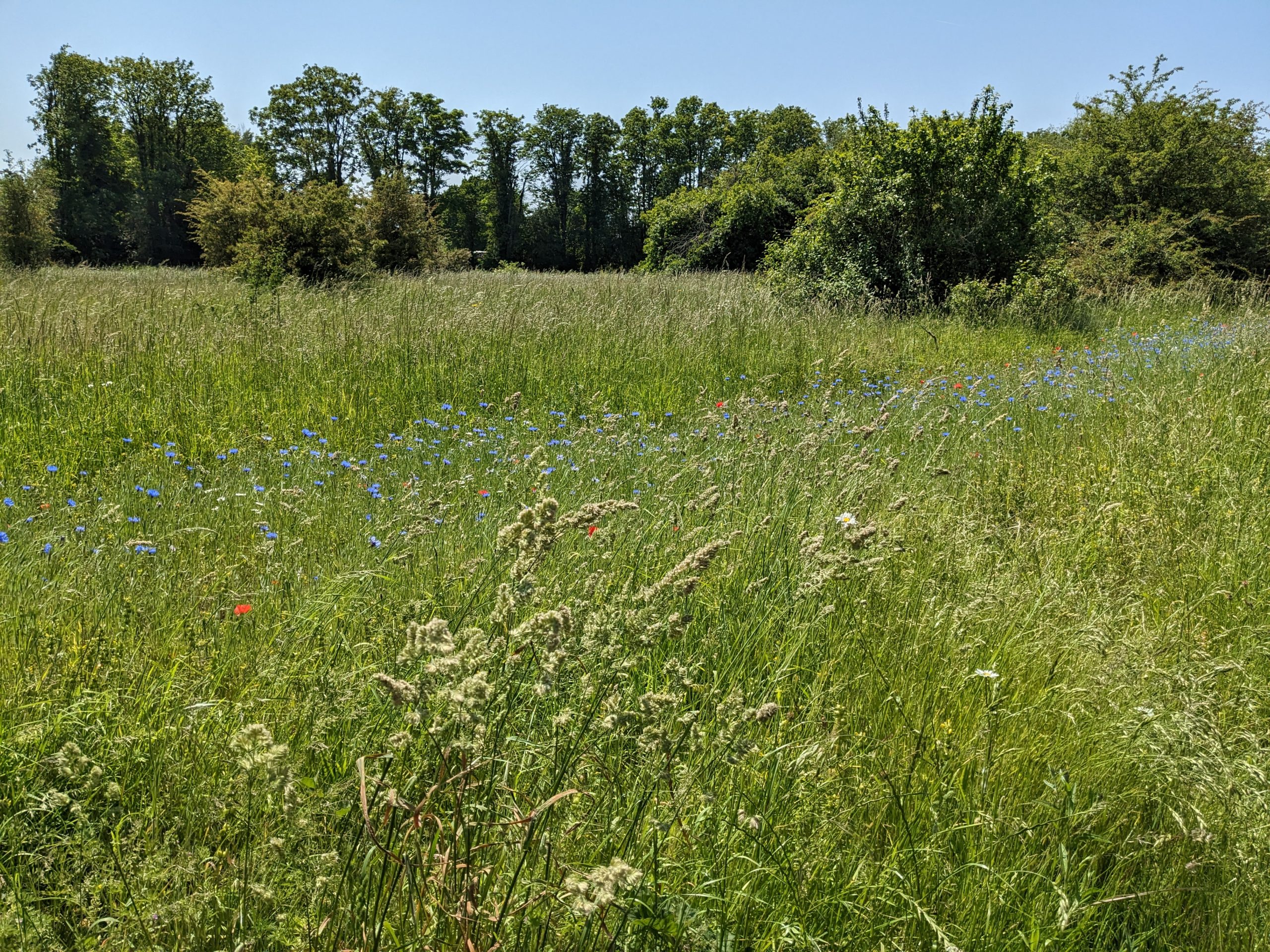
People in Oxfordshire urged to have their say on local nature recovery
Press release issued on behalf of Oxfordshire County Council
Read the story on the Oxfordshire County Council website or below:
Oxfordshire residents, landowners, businesses, farmers and other organisations are being offered the chance to help shape the priorities for recovering areas of nature and wildlife across the county.
Last year, Oxfordshire County Council was named by the government as a responsible authority for driving nature recovery. The council is one of 48 authorities who have been funded by the government to work with local people and organisations to develop a local nature recovery strategy (LNRS).
Comments are now being sought on Oxfordshire’s draft LNRS as part of a consultation which runs until 26 November 2024. The document, maps and online survey are available at the Let’s Talk Oxfordshire website.
Councillor Dr Pete Sudbury, Deputy Leader of Oxfordshire County Council with Responsibility for Climate Change, Environment and Future Generations, said: “The UK is one of the most nature-depleted countries in the world, and biodiversity – the variety of animals, plants, fungi, and even bacteria – is under threat from pressures including habitat loss and fragmentation, climate change, pollution, invasive species, and over-exploitation.
“A good quality environment with a range of species is important in its own right, but also offers people a lot of benefits. Healthy rivers give us clean water, high quality soil grows food well, trees and woodlands improve the quality of our air and regulate local temperatures to keep us cool, and wetlands and floodplains can store water that keeps our homes dry.
“This is why the severe loss of biodiversity in the UK is so alarming, because it will negatively impact us all. Oxfordshire is home to a rich and diverse natural environment, with ancient woodlands, chalk grasslands, wetlands and rivers. But it is not immune to this threat and without positive action, we will see our ecosystems decline and possibly disintegrate.”
The LNRS aims to address the loss of biodiversity by working with people and organisations across Oxfordshire to agree a written list of the priorities and actions to support biodiversity. It will also map some of the actions that could support biodiversity onto an online map of the county to help people understand where there are particularly important locations to deliver some work to improve or create habitats to support wildlife.
The government expects partners in the county to focus future funding opportunities towards achieving these key local biodiversity priorities.
As habitats are improved, restored, created and connected to benefit biodiversity, they also offer a great range of wider benefits that underpin the health and wellbeing of people in Oxfordshire.
By improving the county’s natural habitats, Oxfordshire can expect cleaner air and water, more carbon to be stored, flood impacts to be reduced, and a healthier environment for future generations.
Cllr Sudbury added: “We want to hear from a wide range of people and organisations across Oxfordshire as these views will help us to refine and improve the LNRS, to ensure that it reflects the local priorities and opportunities for recovering nature’s biodiversity in the county.”
LNRS project manager Chloe Edwards said: “You don’t have to be a wildlife expert to give your views. We want to hear from everyone to see if you agree that we’ve got the priorities and actions right for Oxfordshire’s habitats and wildlife.
“This will help the LNRS to focus the recommendations on which habitats to improve and create in Oxfordshire to create a shared vision that could make a significant difference towards recovering biodiversity if people and organisations are supported to deliver those habitat actions within the next 10 years. This will have great benefits for Oxfordshire’s future generations.
“Responses to this consultation will provide the LNRS team with more information to help prepare and publish the final strategy including opportunities, benefits and measures for nature recovery in Oxfordshire.”
The LNRS is due to be published in spring 2025. The strategy is expected to provide a framework that people and organisations across Oxfordshire can start using to work together and focus future nature recovery work across Oxfordshire.
The LNRS development process is led by Oxfordshire County Council in partnership with local organisations including the Oxfordshire Local Nature Partnership, the district and city councils, Natural England, the Environment Agency, Forestry Commission, Oxfordshire Local Enterprise Partnership, Wild Oxfordshire, the Berks, Bucks and Oxon Wildlife Trust, the University of Oxford, Community Action Groups (CAG) Oxfordshire and many more.
Camilla Burrow, Chief Executive of Wild Oxfordshire urged parish and town councils to take part in the consultation, adding: “Oxfordshire’s draft LNRS highlights the priority species and habitats that may need to be included in Biodiversity Action Plans which parish and town councils are making. District councils and Oxford City Council are expected to include and refer to the LNRS priorities in their Local Plans.”
Katherine Chesson, Director of Community Action Groups Oxfordshire, said: “Dozens of community groups across Oxfordshire are already working to improve habitats for nature’s recovery by creating new ponds, planting hedgerows and orchards, and making wildflower areas in urban environments. This new LNRS for Oxfordshire will give a framework to guide these groups to create more places where people can connect with nature.”
Estelle Bailey, Chief Executive of the Berks, Bucks and Oxon Wildlife Trust, which facilitates groups working to improve wildlife habitats and manages 26 nature reserves in Oxfordshire, said: “People’s comments on the draft LNRS priorities will help us to identify the key opportunities and locations to make more spaces for nature. Linking up and creating more habitats in the countryside beyond our reserves is vital for nature recovery.”
Ends
For more information about this release contact Oxfordshire County Council’s communications team on 01865 323870 or email press.office@oxfordshire.gov.uk

